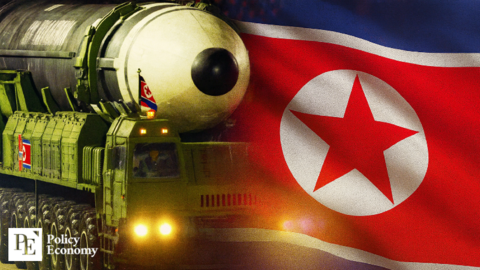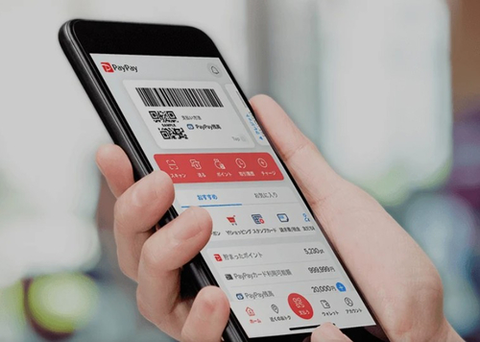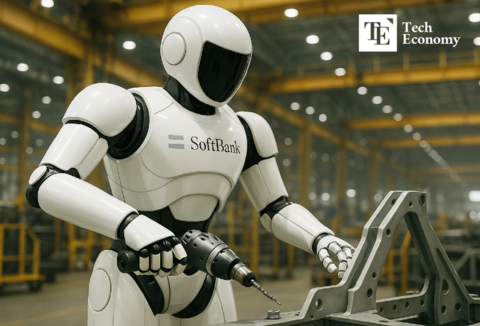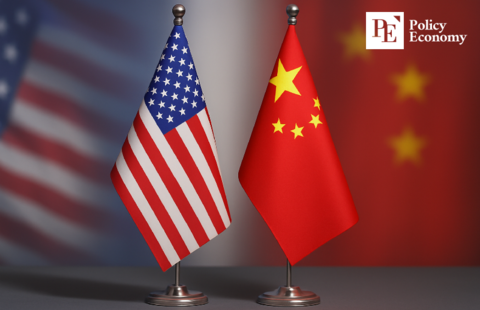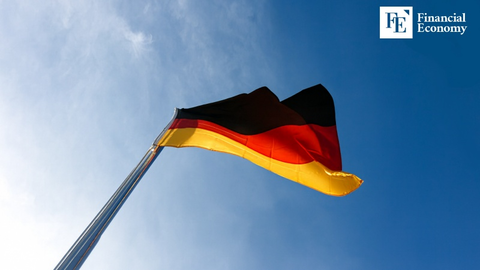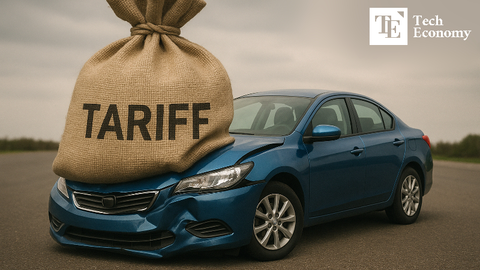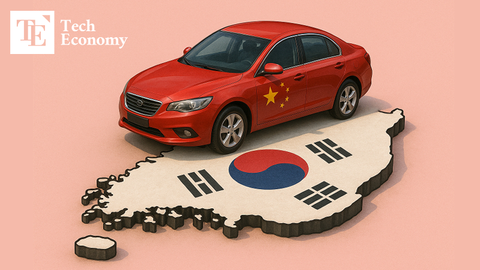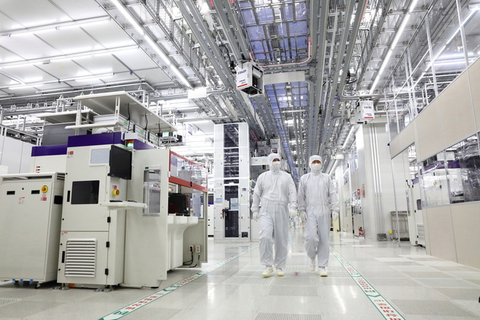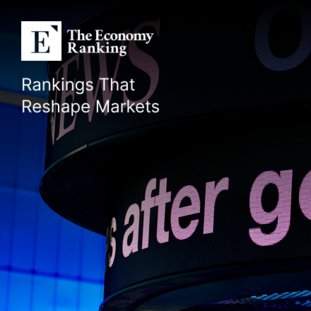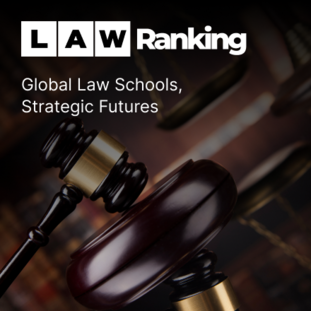Korean Companies Return to Russia; Competition to Secure Market Heats Up Ahead of War's End
Input
Modified
Korean Air Moves Toward Reentry into Russian Airspace Hyundai and Kia Also Eyeing Return to Russian Market China Occupies Russian Market Vacated by Korean Firms
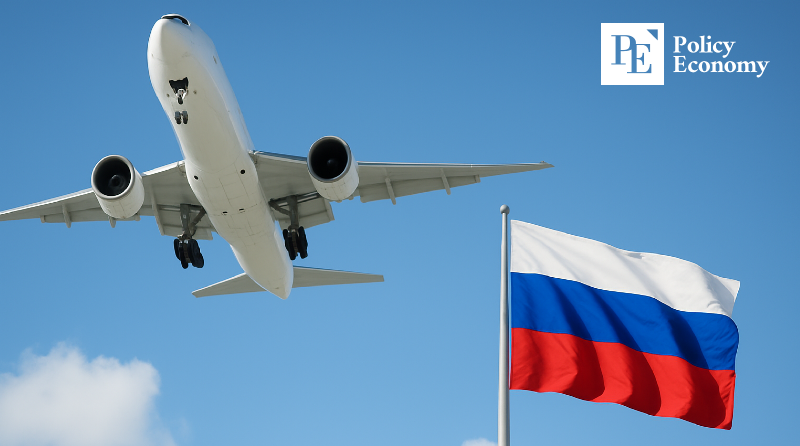
As the war between Russia and Ukraine edges toward a potential ceasefire, South Korea’s major corporations are quietly positioning themselves for a strategic return to the Russian market. From aviation to electronics to the automotive industry, signs are emerging that Korean firms are preparing to reclaim the foothold they lost amid wartime sanctions and operational suspensions. However, reentering Russia will not be a simple return—it will be a battle to regain market share from China, whose brands have filled the void left by retreating Western companies. Despite the complexity and risks, the potential economic rewards appear to justify the quiet flurry of diplomatic, logistical, and industrial activity now underway.
Behind-the-Scenes Negotiations for Route Resumption, with Diplomatic and Government Support
One of the most symbolic signs of re-engagement comes from the skies. Korean Air, South Korea’s flagship carrier, has initiated behind-the-scenes talks with Russian authorities to reopen flight routes that pass through Russian airspace—a key corridor for efficient travel to Europe and beyond. According to government and industry sources, the airline is pursuing a dual strategy: resolving previously imposed fines by Russian customs authorities and securing early access to vital air corridors in anticipation of a post-war environment.
These fines—amounting to several hundred billion won—were levied in 2022 after the outbreak of the war, at a time when relations between South Korea and Russia sharply deteriorated. To facilitate dialogue, South Korea’s Ministry of Foreign Affairs and the Ministry of Land, Infrastructure and Transport have stepped in to mediate. A senior transport ministry official acknowledged that the government is actively making “practical preparations” for a scenario in which diplomatic relations normalize and access to Russian airspace becomes feasible again.
This diplomatic movement appears to be part of a broader shift. Russia has reportedly proposed to the U.S.—a key interlocutor in ceasefire negotiations—that direct air routes between the two countries be reopened under the condition of a ceasefire or peace agreement. If the U.S. lifts its ban on Russian airspace, industry experts believe that European nations might follow, paving the way for a wider relaxation of restrictions. For South Korean airlines, this would be a critical development. While they are not directly banned from Russian airspace, they have voluntarily rerouted flights to avoid potential secondary sanctions from Western allies. These detours cost time—roughly two additional hours per flight—and money, with annual fuel costs increasing by hundreds of billions of won.
Although Korean Air has stated it is not yet at the point of resuming operations through Russian airspace, it has signaled its readiness to act quickly once the geopolitical climate allows. The stakes are high: resuming access to Russia’s vast airspace could yield significant logistical and financial gains for Korean carriers and reintegrate South Korea into efficient global flight networks.
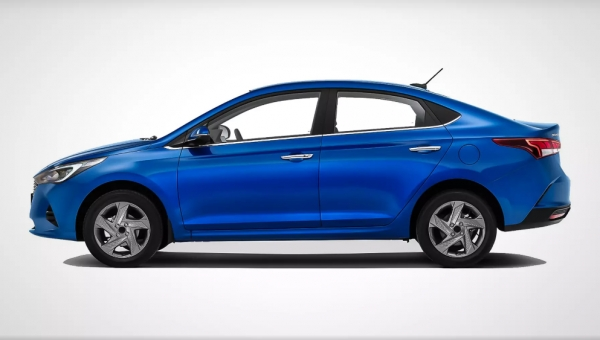
South Korean Conglomerates Begin Restarting Factories in Russia
Beyond aviation, South Korean industrial giants are cautiously testing the waters for a return to Russia’s consumer market. Among them, LG Electronics has emerged as a leading indicator of what may become a broader re-engagement. The company has quietly restarted partial operations at its factory in Dorokhovo, in the Ruza district of Moscow Oblast. The move is not yet a full-scale production restart, but rather a cautious effort to revive aging equipment and make use of inventory stockpiled since operations were halted at the war’s onset.
This development follows comments from Kusein Imanov, founder of the Russian electronics company Zakiss, who told national newspaper Kommersant in March that LG is likely to be the first major foreign supplier to return to Russia officially. Before suspending operations in February 2022, LG had commanded roughly 25–26% of the Russian washing machine and refrigerator market. The recent partial restart of the factory suggests that LG may be warming up for a full-scale reentry should sanctions ease and conditions improve.
CEO Cho Joo-wan of LG Electronics emphasized that the company is still “monitoring the situation with caution,” stopping short of confirming a full return. Nonetheless, the symbolic and operational implications of restarting even part of a shuttered factory suggest that LG is preparing to move swiftly when the time is right.
Hyundai Motor Group is also drawing attention as a potential early mover in the post-war Russian economy. In late 2023, Hyundai sold its St. Petersburg plant to Russian venture capital firm ArtFinance for just 10,000 rubles (about 170,000 KRW), but crucially included a buyback clause allowing it to reclaim the plant within two years. With the repurchase window closing in December 2025, Hyundai has a strategic window in which to monitor developments and reenter the market on its own terms.
Before the war, Hyundai and its affiliate Kia were dominant players in Russia. In 2021, the two companies sold 357,000 vehicles, commanding a 21% share of the Russian car market. That same year, automobiles and auto parts made up over 40% of South Korea’s total exports to Russia, valued at $2.5 billion and $1.5 billion respectively. Hyundai’s potential return would not only restore a significant trade channel but also reshape competition in a market that has changed dramatically in the past three years.
Re-entry Strategy Needed for China-Dominated Russian Market
Yet the landscape awaiting Korean firms in Russia is no longer what it was. During the war, Chinese brands aggressively filled the vacuum left by global firms—including Hyundai and LG—leveraging both proximity and political alignment with Russia to expand their footprint.
According to an April report by the Korea Automobile Mobility Industry Association (KAMA), Chinese car exports to Russia skyrocketed from 154,000 in 2022 to 1.17 million in 2023, a staggering 7.6-fold increase. As a result, Chinese brands now dominate 60.4% of the Russian car market, up from just 8% in 2021. Data from Russian auto analytics firm Autostat shows that 8 of the top 10 best-selling brands in 2023 were Chinese, including names like Haval, Chery, and Geely.
This dominance extends beyond automobiles. In the home appliance sector, brands from China, Türkiye, and Belarus now collectively control over 40% of the market. The vacuum left by Samsung and LG was quickly filled by imports from countries not subject to Western sanctions, making it considerably more difficult for Korean firms to regain their former stronghold.
An industry insider acknowledged the uphill battle ahead: “Since the war, Korean firms have drastically reduced production in Russia, and Chinese firms stepped in to fill the gap. We’ll have to watch the situation closely until sanctions are officially lifted, but once that happens, there will be an opportunity for Korean companies to recover lost ground.”
In short, a return to the Russian market will require more than reopening factories or flight paths. It will demand carefully crafted strategies, nimble diplomacy, and a willingness to compete against entrenched players who have used wartime disruptions to solidify their dominance. Still, as geopolitical conditions shift and diplomatic negotiations progress, Korean firms may find that the door to Russia is not closed—it’s simply harder to open than before.


